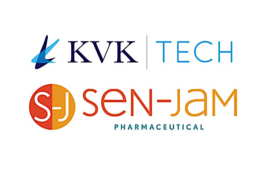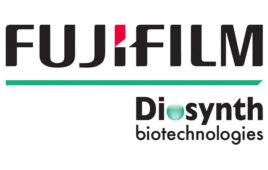 CPhI Worldwide, organized by UBM EMEA, launches Part i of its annual report ahead of CPhI Worldwide 2015 in Madrid—as CPhI expert, Girish Malhotra calls for a radical solution to improve pharma manufacturing processes.
CPhI Worldwide, organized by UBM EMEA, launches Part i of its annual report ahead of CPhI Worldwide 2015 in Madrid—as CPhI expert, Girish Malhotra calls for a radical solution to improve pharma manufacturing processes.
Malhotra argues that for far too long we have allowed the status quo to continue, and that for true continual improvement we need to make it easier for companies to make vital alterations to manufacturing processes, without being hindered by a full re-approval process.
Under his guidelines the pharmaceutical industry will be allowed to commercialize process improvements (yield, process/operating conditions, operating parameters, cycle time) in the manufacture of approved APIs and their formulations. Guarantees on quality will then be provided from the manufacturing company, and they must ensure that the product efficacy and performance will not lessen, and the product will be equal to or better than the approved product produced by the company.
Crucially, if for any reason these standards are not met, he suggested a stipulation that the company proposing improvements will be barred from making the product using the alternate process for the next two or three years. And, if they do decide to use the alternate process, they will have to go through the full re-approval process.
Additionally, Girish states that minor changes that do not change the current filed processing methods will be excluded, and this will apply to OTC, brand and generic products.
The FDA established 21CFR314.7 and it assures that there is no “by manufacturer’s choice” deviation from the manufacturing methods and practices that have been filed for the components involved in the manufacture of any saleable drug—the active pharmaceutical ingredient (API) and their formulation—and labeling, packaging etc. However, as every change has to be reported, drastic process changes, even when there are clear benefits for the finished drug and patient, are summarily discouraged.
Girish, commented: “21 CFR314.70 encourages ‘continuous improvements’ in the processes that will create the best product for clinical trials and that’s the way it should be. However, in my estimation under the current rules all of this has to be done prior to going to clinical trials. QbD (quality by design) becomes a natural part of the process development before a process is commercialized. But after the fact process change is extremely difficult.”
Girish believes that the benefits of a new regulatory regime far outweigh the risks, as cost reduction, improved profits and a larger customer base due to improved manufacturing technologies and efficiencies, will be a huge step forward.
Despite a commitment to continuous improvement anything “after the fact”, under the current regulatory environment, simply will not happen due to the financial and time constraints of re-approval. Thus, although the current regulations and QbD are well intentioned, they do not yet breed a culture of continuous improvement.
He added: “I admit that my proposal is a quite audacious, but unless such bold steps are considered, very little will change in the current pharma’s manufacturing methodologies or anywhere, for that matter. If incorporated in pharmaceutical manufacturing landscape, continuous improvements and innovation could become a routine and it could be extended to the whole healthcare industry. It has an opportunity to add as much as 20% of the global population (~1.4 billion) to its customer base, an unprecedented opportunity for any industry on the planet. Profits will improve and healthcare costs can come done. It would be a win-win.”
The full article will be featured within the CPhI annual report, which is to be released at CPhI Worldwide 2015 in Madrid, October 13-15th. For more details or to review Girish’s full proposal and article online, please visit: http://www.cphi.com/europe/networking/cphi-pharma-insights.




